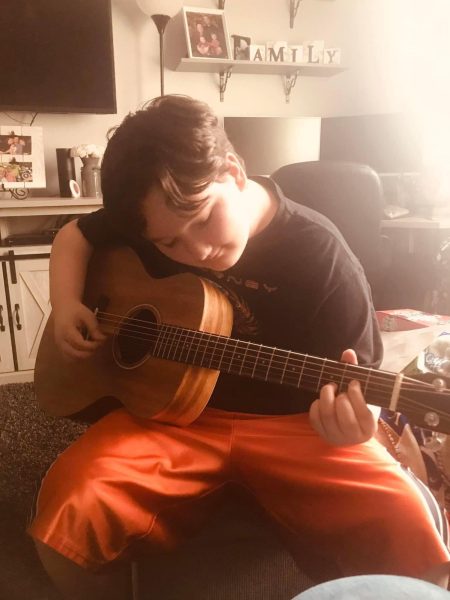The God of War series has always run into problems with character and narrative writing. To understand my overall problems, I want to take a look at a statement published by the original creator of the series and Twisted Metal Franchise, David Jaffe. “I thought 2018 was great, Ragnork was not my cup of tea,” Jaffe begins to postulate his main contention with the new series.
“This is the problem with Indiana Jones, I don’t want these characters to grow, I don’t give a… what you’re going through at the studio, and I don’t mean that disrespectfully. If you’re going to build a brand new IP or you’re going to build a character into the God Of War Lore, and that character is struggling or dealing with problems that a lot of your guys have gotten older.. That’s wonderful, do that… all day long. But don’t take the character Kratos… that is not what this character is,” Jaffe said.
Now obviously, I do respect Jaffe and I think it can be done, but the practice was flawed. We see the flaw of not wanting to grow said character, which causes very flat arcs, and within the context of God of War, it is hard to connect or even empathize with Kratos. However, the final PSP title within the series, Ghost of Sparta, presents this very flawed analysis of character writing and introduces ideologies of Phenomenology ( the presentation of identity through one’s experiences) and posteriori ( the collection of empirical evidence). It is through these two philosophies that we kind of get the criterion of God Of War’s underlying conflicts. But to understand whether this is another one of these enactments of flawed character writing, we must take a look at the visuals and gameplay to see whether they convey these effectively (spoiler, yes Monolith did).
The combat is fairly similar to the previous entries with a few new additions, such as new magic abilities, the introduction to the Spartan spear and shield, but the coolest thing is the introduction to his brother Deimos and the very few combat encounters he has with him. This game consists of numerous boss fights that are simple but so well made. This is the closest to a perfect God of War game, at least within the sense of the original part of the series. However, how is this delivered visually? Former Journalist of Smash Pad, Chris Selogy, feels the game’s combat is pretty vanilla.
“God of War: Ghost of Sparta is still a solid God of War game with all of the great combat and style that you expect from the series,” Selogy negates. “But it lacks the epic set pieces and moments that you’d expect.”
The visuals are par for the course with the PSP, but my biggest connection for this game’s visuals is its color palette. Instead of having the very yellow look of Chains, this game adds in blacks and very muted yellows to create a grim, but beautiful feel to the series, unfortunately, this would be the last of its kind. User of the r/GodOfWar reddit, known as Dragmire, highly contends this game is on the same level as the mainline series.
“Ghost of Sparta, I would argue, is completely on par with the mainline games,” They then delve. “First, the graphics are amazing for a PSP game and I’m shocked how they managed to do it. It looks better than GoW 2, a PS2 game.”
I won’t harp on the previous trilogy since I have done it numerous times before, but this serves as a great parable for why keen character writing and narrative storytelling are really important. I loved seeing the more emotional parts of Kratos, and he sees his flaws, and it makes a perfect spin into what would be the more existentialist narrative explored in the Norse and even later parts of this spin-off trilogy.

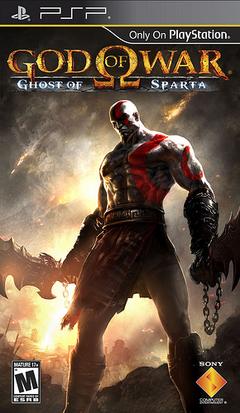
![[Review] The Life List](https://fohssignal.net/wp-content/uploads/2025/04/download-22.jpeg)
![[Retrospective] Street Fighter 3](https://fohssignal.net/wp-content/uploads/2025/04/images-2.jpeg)
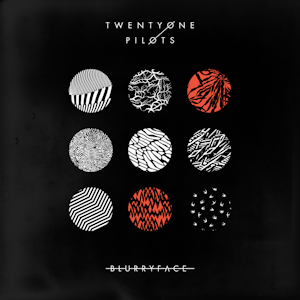
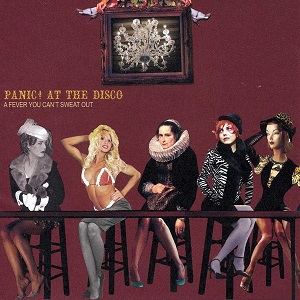
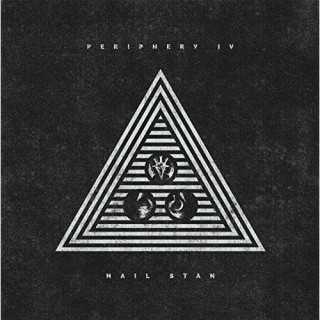
![[Retrospective] Star Wars: Force Unleashed](https://fohssignal.net/wp-content/uploads/2025/04/Force_UNleashed_2.jpg)
